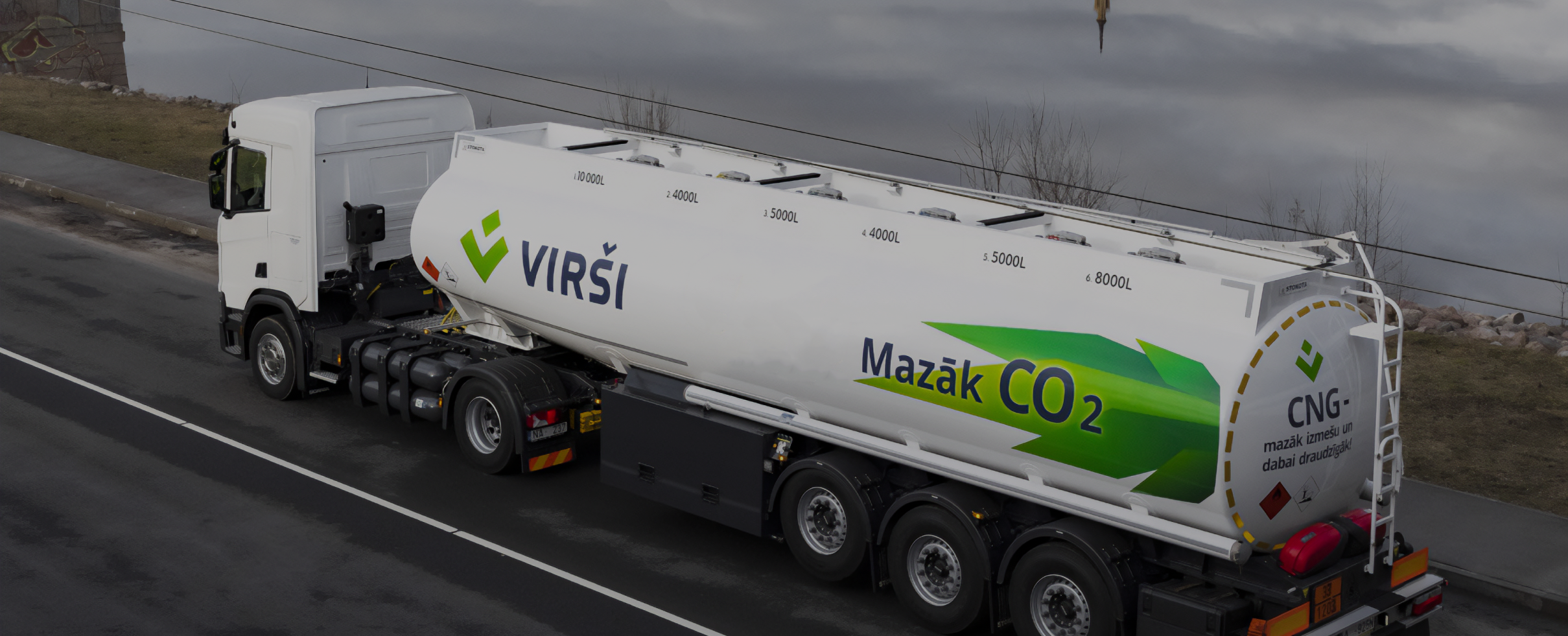Mandatory cookies enable important features, such as accessibility of the website. Without these cookies, the website cannot function properly. Since essential cookies are necessary to deliver our services safely, you cannot refuse them. If, regardless of security concerns, you decide you do not wish to receive essential cookies from us, you may block or delete them by changing your web browser settings.
| Name | Provider | Purpose | Expiry | Type |
|---|---|---|---|---|
| laravel_session | virsi.lt | It maintains the browser session data to provide the basic page functionality for a single visit. | session | http |
| xsrf-token | virsi.lt | It is used to protect the page against malicious or fake HTTP requests. | session | http |
| show_cookie_notice | virsi.lt | Keeps the cookie notification window closed/open. | 5 years | http |






